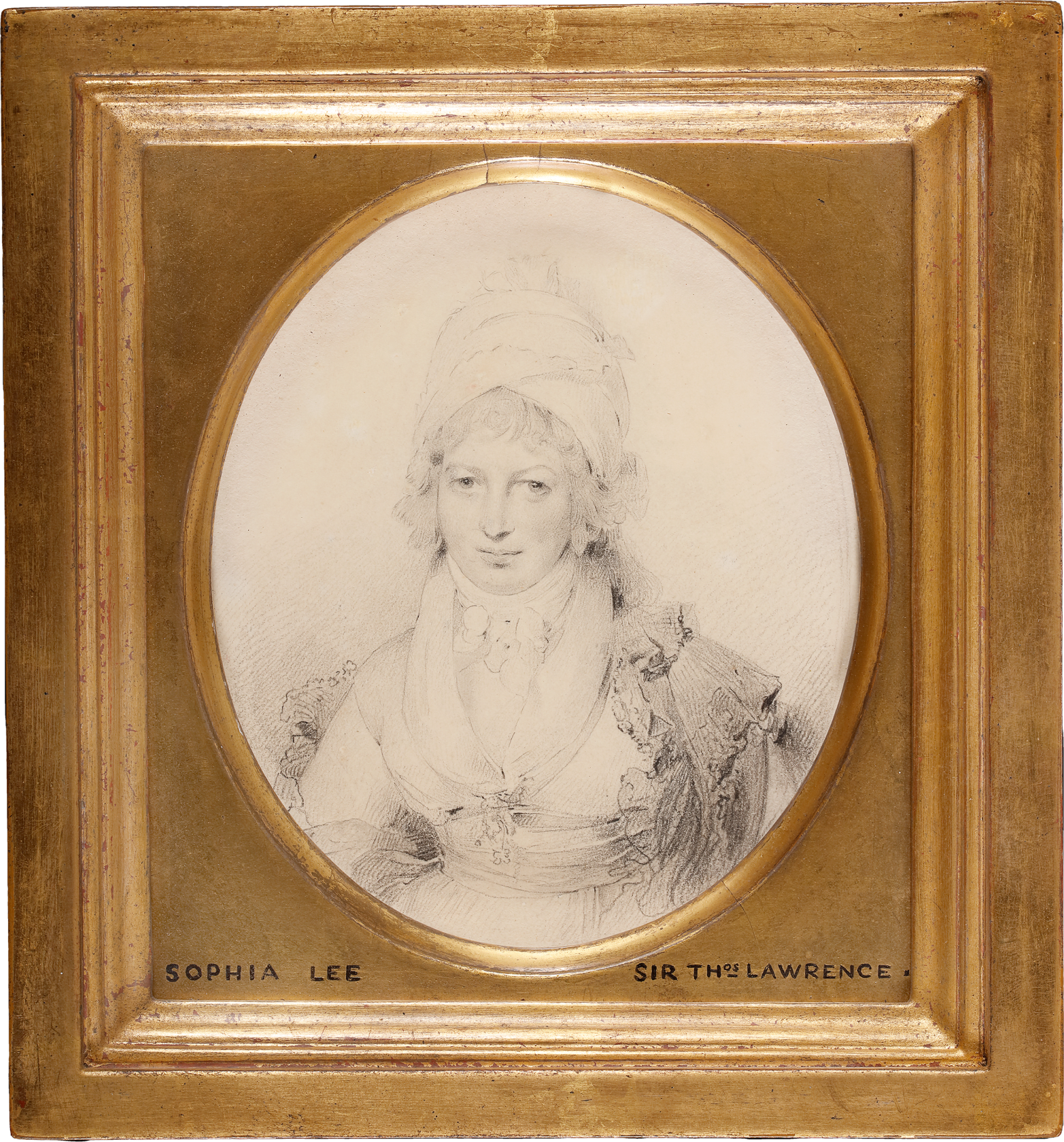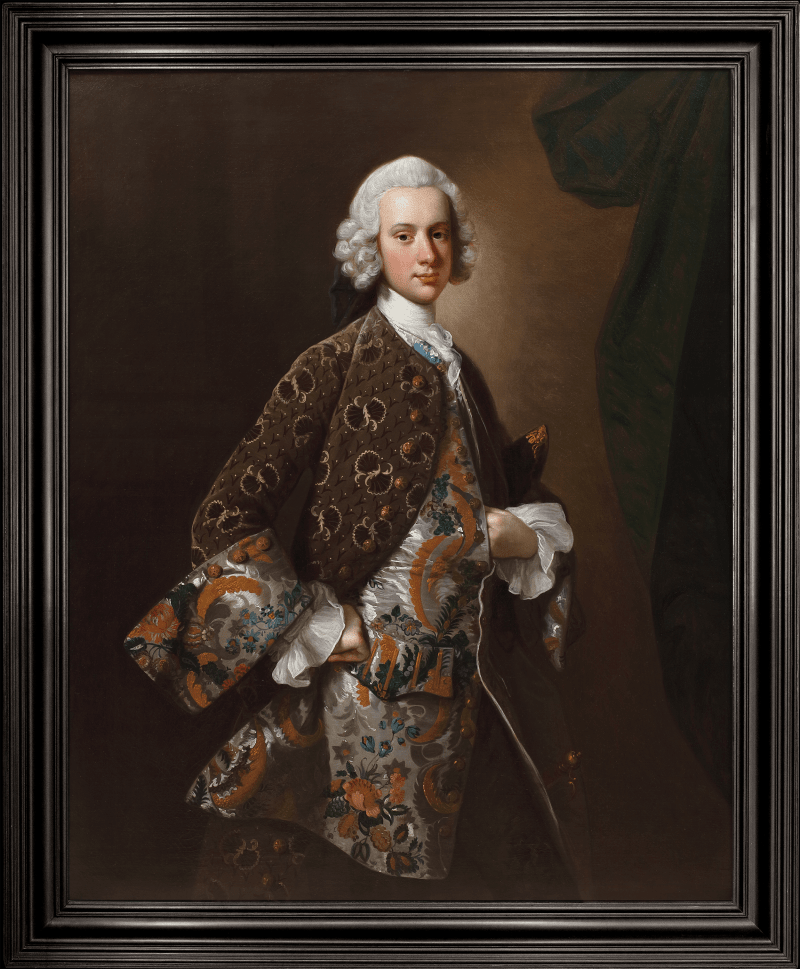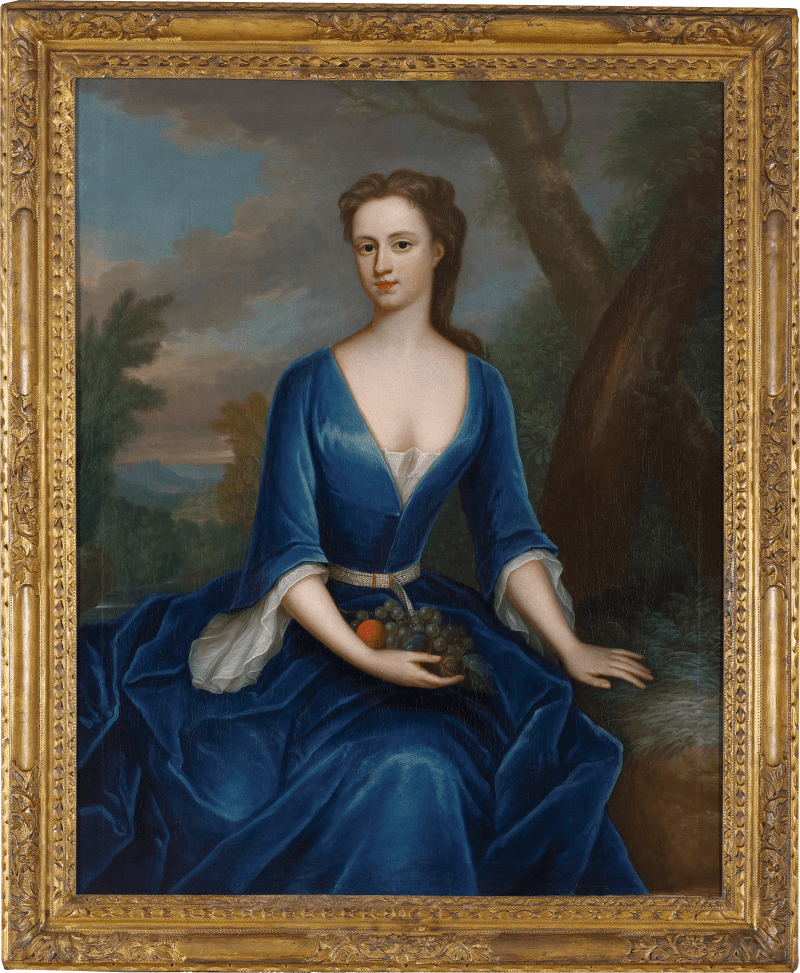One of England’s leading eighteenth-century writers, Sophia Lee was a pioneer of the Gothic novel and is depicted here in her late fifties, following a successful literary career. This direct likeness of Lee was drawn by Sir Thomas Lawrence in the mid-1790s and demonstrates his famed skill with a pencil on an intimate scale.
Born into a theatrical family, Lee’s early life was largely unsettled. Her parents’ acting careers meant that they travelled a great deal and her father, John, was frequently in debt which, on two occasions before Sophia was twenty-five, resulted in his imprisonment. As the eldest of the surviving children, it quickly became Sophia’s responsibility to care for and educate her younger siblings. Indeed, in the preface to her play, she writes that she was ‘charged early in life with the care of a family.’[1] It was perhaps this experience in the role of tutor that led Sophia, alongside her sister Harriet, to later establish a...
One of England’s leading eighteenth-century writers, Sophia Lee was a pioneer of the Gothic novel and is depicted here in her late fifties, following a successful literary career. This direct likeness of Lee was drawn by Sir Thomas Lawrence in the mid-1790s and demonstrates his famed skill with a pencil on an intimate scale.
Born into a theatrical family, Lee’s early life was largely unsettled. Her parents’ acting careers meant that they travelled a great deal and her father, John, was frequently in debt which, on two occasions before Sophia was twenty-five, resulted in his imprisonment. As the eldest of the surviving children, it quickly became Sophia’s responsibility to care for and educate her younger siblings. Indeed, in the preface to her play, she writes that she was ‘charged early in life with the care of a family.’[1] It was perhaps this experience in the role of tutor that led Sophia, alongside her sister Harriet, to later establish a school.
It was following her father’s death that, with the help of George Colman the Elder, Lee’s first play The Chapter of Accidents – written eight years earlier – was finally published and performed at the Haymarket Theatre on 5th August 1780. Her work was well received, being reprinted and translated into French and German, and it was with the profits that Sophia moved with her sisters to Bath. Here at Belvedere House, they founded and ran a girls’ school from 1780 until 1803. Alongside this, Sophia continued to write and perhaps her greatest literary work, The Recess, was published in three volumes between 1783 and 1785. Another public success and widely translated, the novel imagines the conflict between Elizabeth I and Mary Queen of Scots through the eyes of Mary’s fictional daughters, and because of its themes and setting, it is widely considered an early example of English Gothic literature. In 1796, Lee’s tragedy Almeyda, Queen of Granada was first staged in London with Sarah Siddons, a close friend of Lee, performing the title role. The success of this may have occasioned the commissioning of the present work which was then engraved by William Ridley and published the following year in The Monthly Mirror.
The Lee family was well acquainted with Lawrence and in around 1800 he painted a bust-length portrait of Sophia’s brother George Augustus Lee which was commissioned by Harriet. That Sophia herself was friends with the artist is evident from a surviving letter dated 8 April 1788 from Bath in which she asks if she can lodge with Lawrence when next in London. However, she is careful to mention that she will be accompanied by her brother to avoid any suggestions of impropriety.[2]
Lee was once described by her pupil, Susan Sibbald, as ‘rather a stout figure … not at all good looking in her features’ yet at the same time with ‘perfect benevolence in the expression of her countenance.’[3] Lawrence has certainly captured the benevolence she was known for. The delicate economy of line throughout the portrait subtly models the sitter’s features. Her elegant clothing and elaborate headdress do not deter from her kind and knowing look - that of a woman who has fought against the odds to forge her path.
[1] Lee, S. (1780) The Chapter of Accidents. London: T. Cadell.
[2] Letter from Sophia Lee to Thomas Lawrence, 8 April 1788, The Royal Academy of Arts [LAW/1/11].
[3] S. Sibbald, (1926) The Memoirs of Susan Sibbald (1783-1812). London: John Lane.









